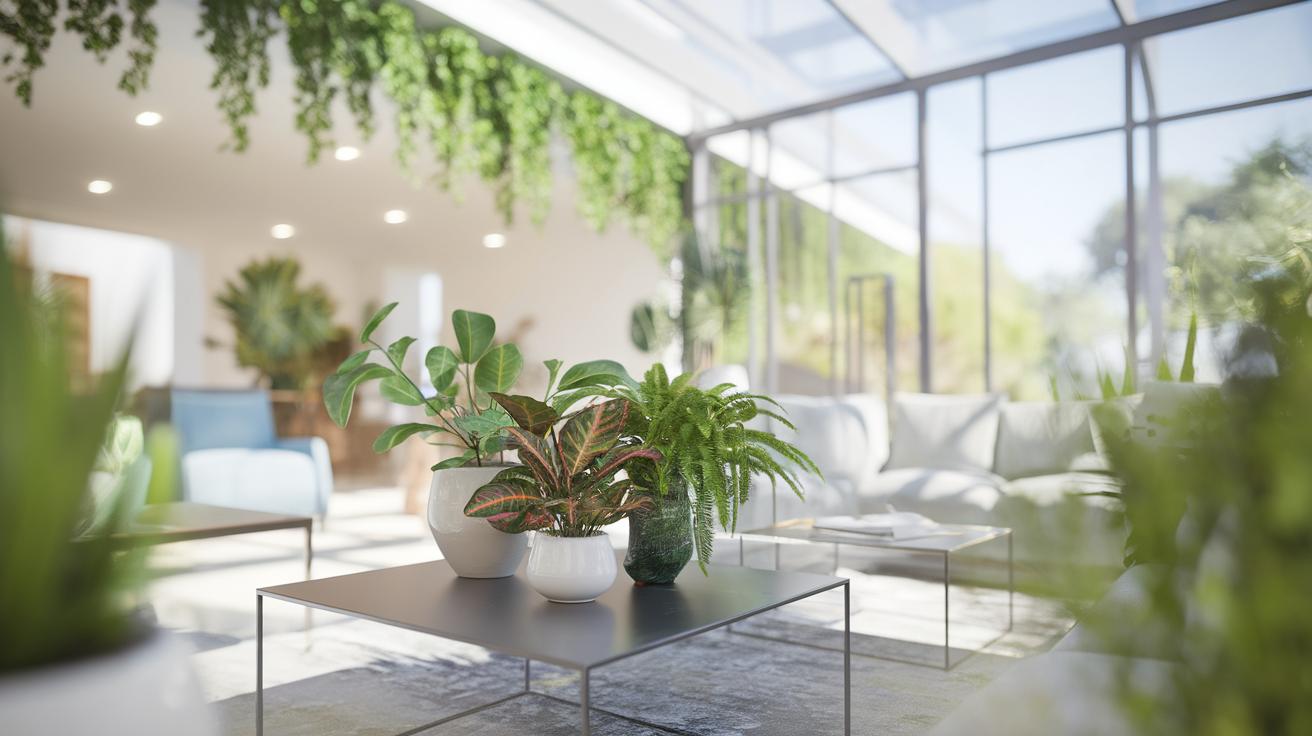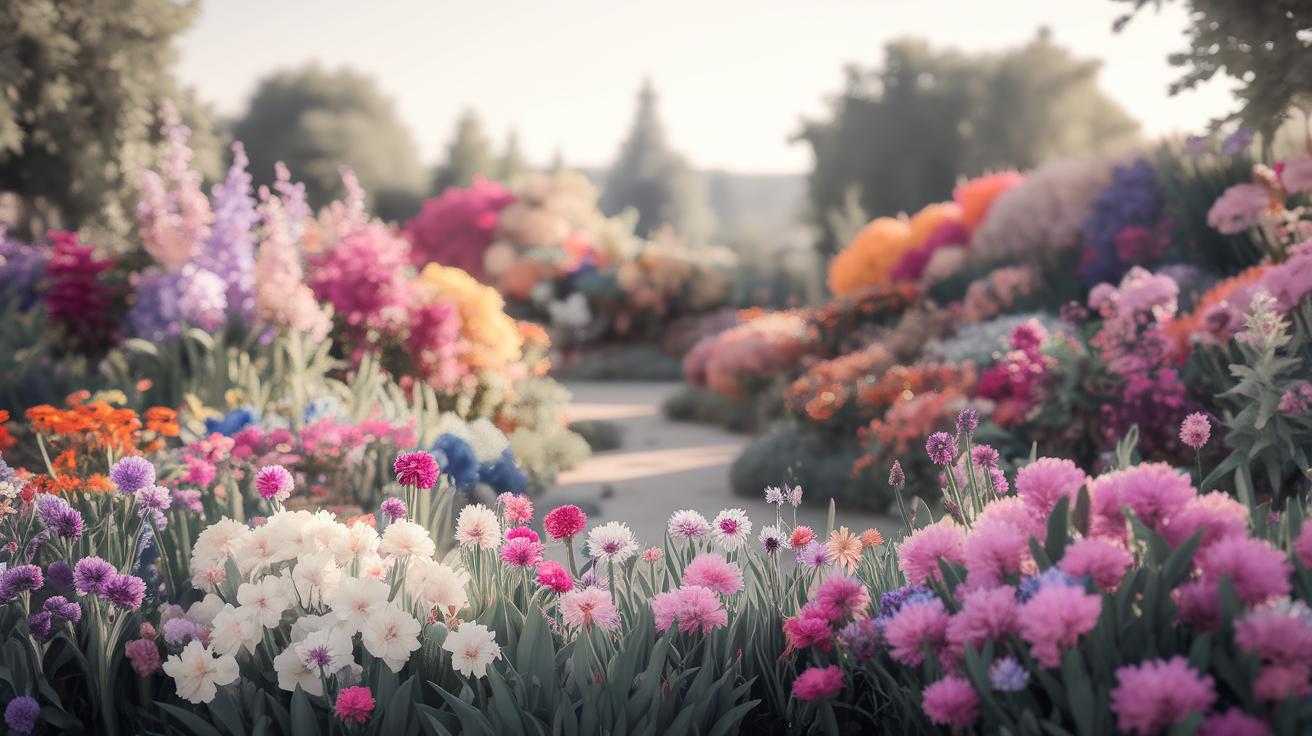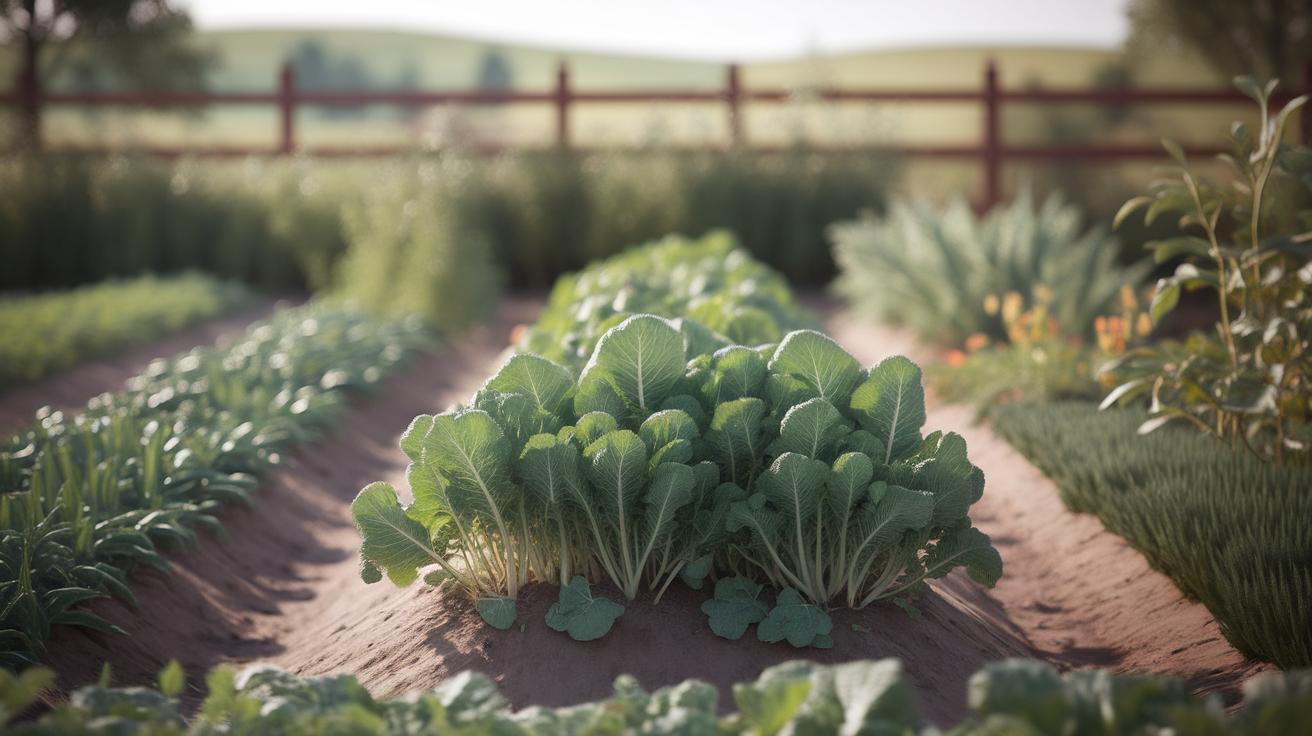Introduction
Exotic plants have captivated gardening enthusiasts and interior decorators alike, bringing a touch of adventure and beauty into homes. These plants, often sourced from tropical regions, offer vibrant colors, unique shapes, and intriguing textures that can transform any environment. With their diverse characteristics, exotic plants make excellent houseplants, allowing urban dwellers to experience a slice of nature indoors. From the striking foliage of a monstera to the delicate blooms of an orchid, these remarkable specimens are not just eye-catching; they also contribute positively to indoor air quality.
In this article, we will look deeply into the world of exotic plants and their roles in home décor. We will explore their care requirements, aesthetic benefits, and potential ecological impacts. By understanding how to care for and select the right exotic plants for your living space, you can create a vibrant atmosphere that reflects your personality and brings nature closer to home.
Understanding Exotic Plants Characteristics and Adaptation
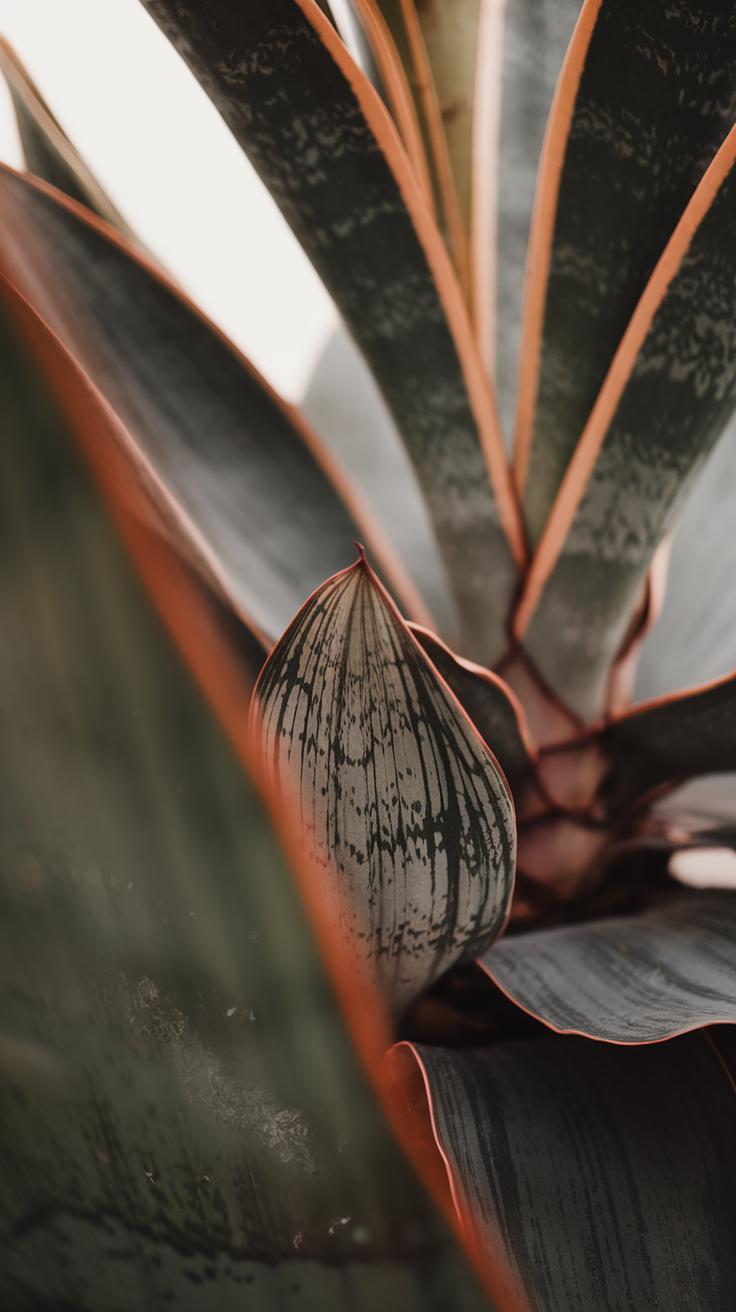
Exotic plants are species that originate from regions different from one’s own, often possessing unique features that set them apart from native flora. These characteristics can include unusual leaf shapes, vibrant flowers, and distinct growth patterns, which contribute to their allure. Unlike native plants, which have evolved over time to adapt to specific local conditions, exotic plants may struggle or thrive when introduced to new environments.
The concept of introduced species refers to organisms that have been deliberately or accidentally brought to a location outside their native range. These plants can adapt to new surroundings through various mechanisms, such as adjusting their growth habits or altering their reproductive strategies. While some introduced plants flourish and become part of the local ecosystem, others may pose risks by outcompeting native species, showcasing their complex relationship with biodiversity.
Characteristics and Distinctions
A notable distinction between exotic and native plants lies in their adaptability and ecological roles. Exotic plants may feature striking aesthetics that make them desirable for cultivation, yet understanding their ecological impact is vital for maintaining local biodiversity. Such knowledge enhances the appreciation of these unique flora, allowing one to cultivate a diverse home environment that respects ecological balance and beauty.
Benefits of Having Exotic Plants Indoors
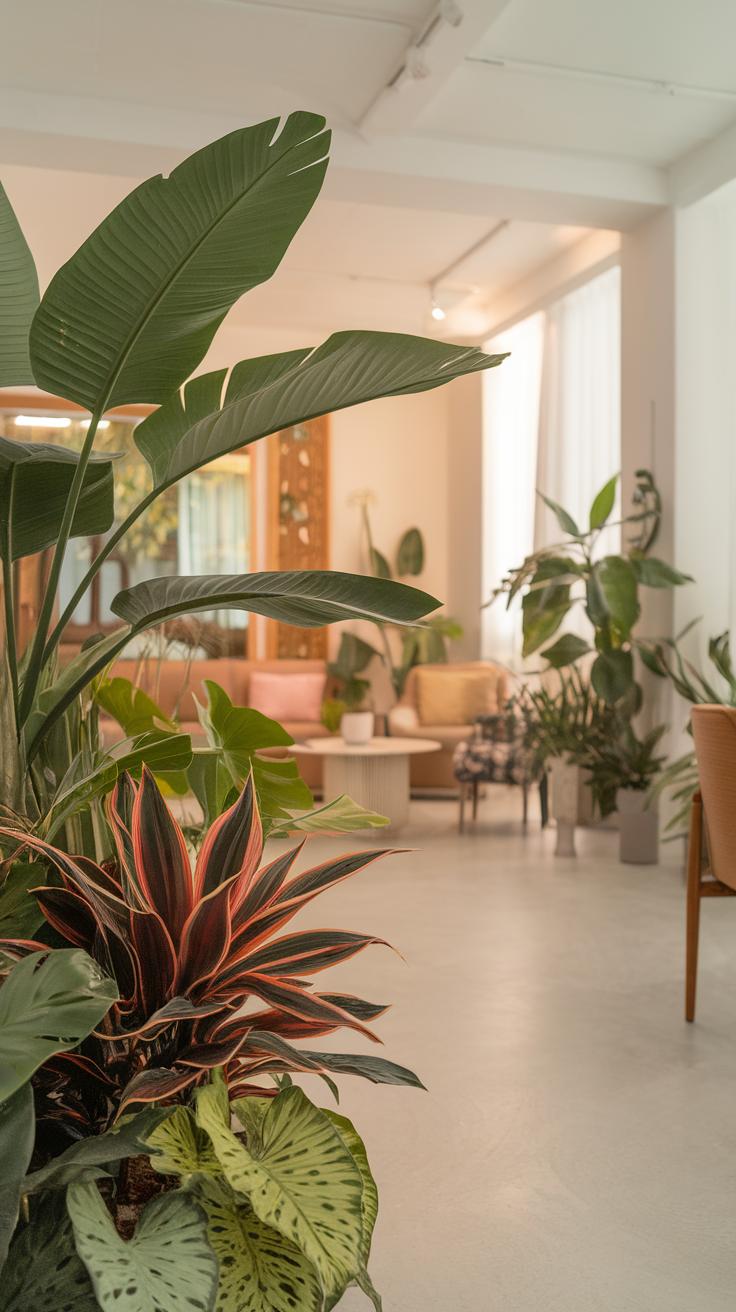
Aesthetic Appeal in Interior Spaces
Incorporating exotic plants into indoor environments adds a distinctive flair that sets the tone of the entire space. With their vibrant colors, unique leaf patterns, and captivating growth habits, these plants serve as natural art pieces, enhancing the aesthetic quality of any room. Varieties such as the Chinese money plant or the bird of paradise can serve as stunning focal points, helping to create an exotic ambiance that fosters creativity and relaxation. The juxtaposition of bold plant life against contemporary or classic decor can evoke a sense of adventure and a connection to nature, ultimately transforming mundane interiors into captivating ecosystems.
Psychological and Health Benefits
Beyond their visual appeal, having exotic plants indoors greatly impacts mental well-being and physical health. Studies indicate that the mere presence of plants can reduce stress and anxiety, promoting a mood-lifting environment. A variety of exotic plants, such as peace lilies and snake plants, also contribute to better air quality by filtering toxins, making the indoor atmosphere healthier. Additionally, caring for plants fosters a sense of responsibility and accomplishment, which can enhance overall life satisfaction. Integrating these unique flora into your daily space thus not only beautifies but also nurtures both mind and body.
Choosing the Right Exotic Plants for Your Home Curating Unique Flora
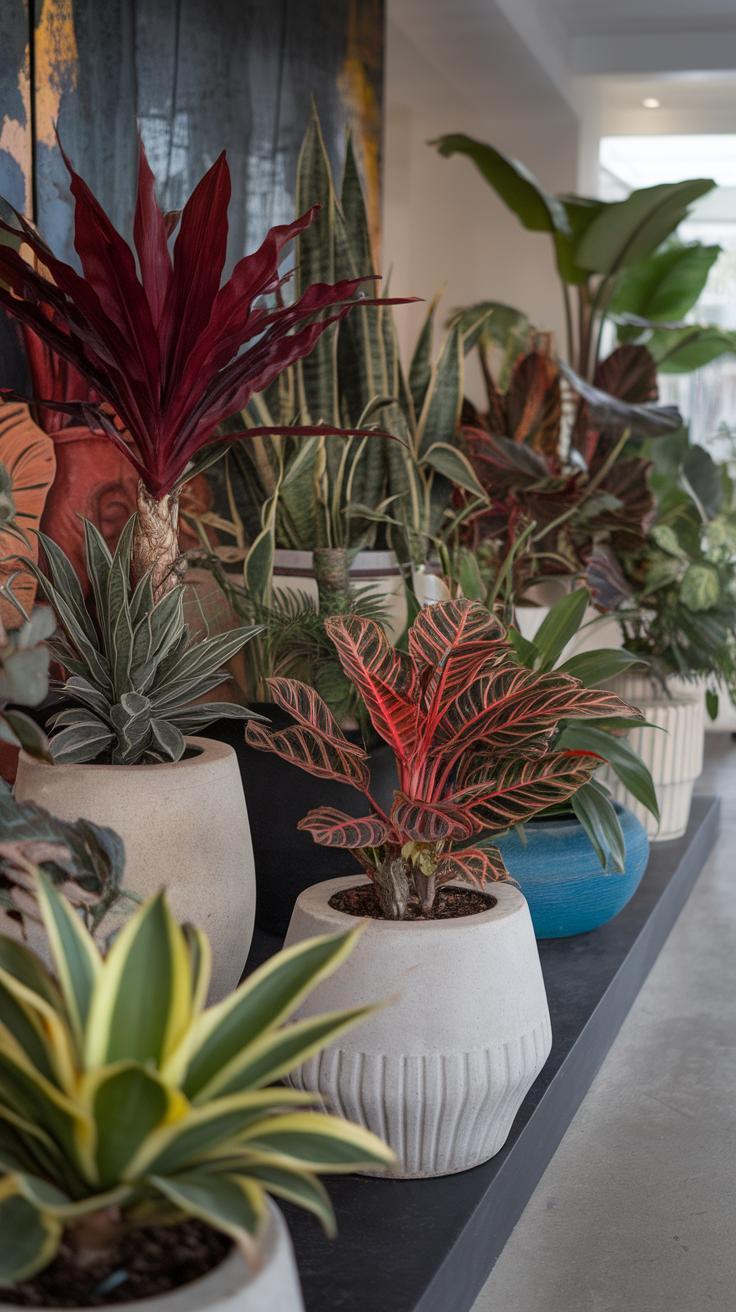
Factors to Consider for Your Space
Selecting exotic plants for your home requires careful consideration of various factors to ensure they thrive in your environment. Light exposure is one of the primary components; some exotic plants flourish in bright, indirect sunlight, while others prefer lower light conditions. Knowing the amount of natural light your space receives throughout the day will help narrow down your options.
Humidity levels also play a crucial role in plant health. Many exotic plants hail from tropical regions and require higher humidity to mimic their native habitats. If your home is dry, consider incorporating a humidifier or grouping plants together to create a more suitable microclimate.
Assess the available space in your home. Some plants, like the Fiddle Leaf Fig, can grow quite large, necessitating more room, while others, like succulents or air plants, can fit into smaller nooks. Understand your space and choose plants that not only fit physically but also harmonize with your interior design, creating a cohesive aesthetic.
Caring for Exotic Plants Essential Practices for Health and Vitality
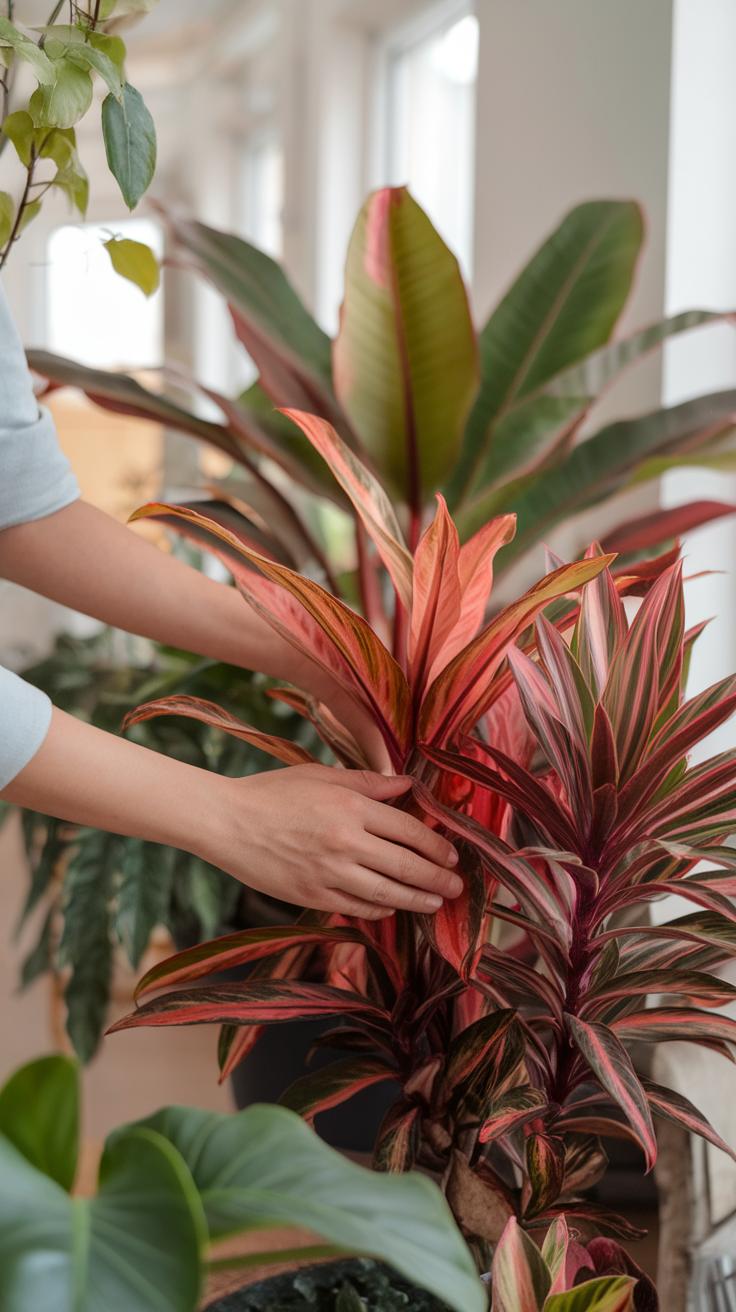
Watering Techniques for Exotic Flora
Watering exotic plants requires a tailored approach to suit their unique needs. Different species have varying hydration requirements, making it vital to understand the specific demands of each plant. Generally, the top inch of soil should be allowed to dry out before watering again. A good rule is to provide water until it drains from the bottom, ensuring thorough soil hydration. Also, consider factors such as light exposure and temperature fluctuations, which can affect how quickly the soil dries. Over-watering can lead to root rot, a common issue that afflicts many exotic plants.
Soil and Nutrient Requirements
Nurturing the soil is equally important in keeping exotic plants thriving. Opt for well-draining potting mixes that facilitate aeration, as many exotic varieties prefer soil that mimics their natural habitats. Incorporating organic matter, like compost, enriches soil quality, aiding nutrient retention. Regularly fertilizing your plants will also enhance growth; liquid fertilizers formulated for houseplants can be particularly beneficial. Follow recommended guidelines for each variety, as too much fertilizer can cause more harm than good. Monitoring soil pH can further optimize nutrient availability, ensuring your unique flora flourishes beautifully indoors.
Creating a Perfect Indoor Environment for Exotic Plants
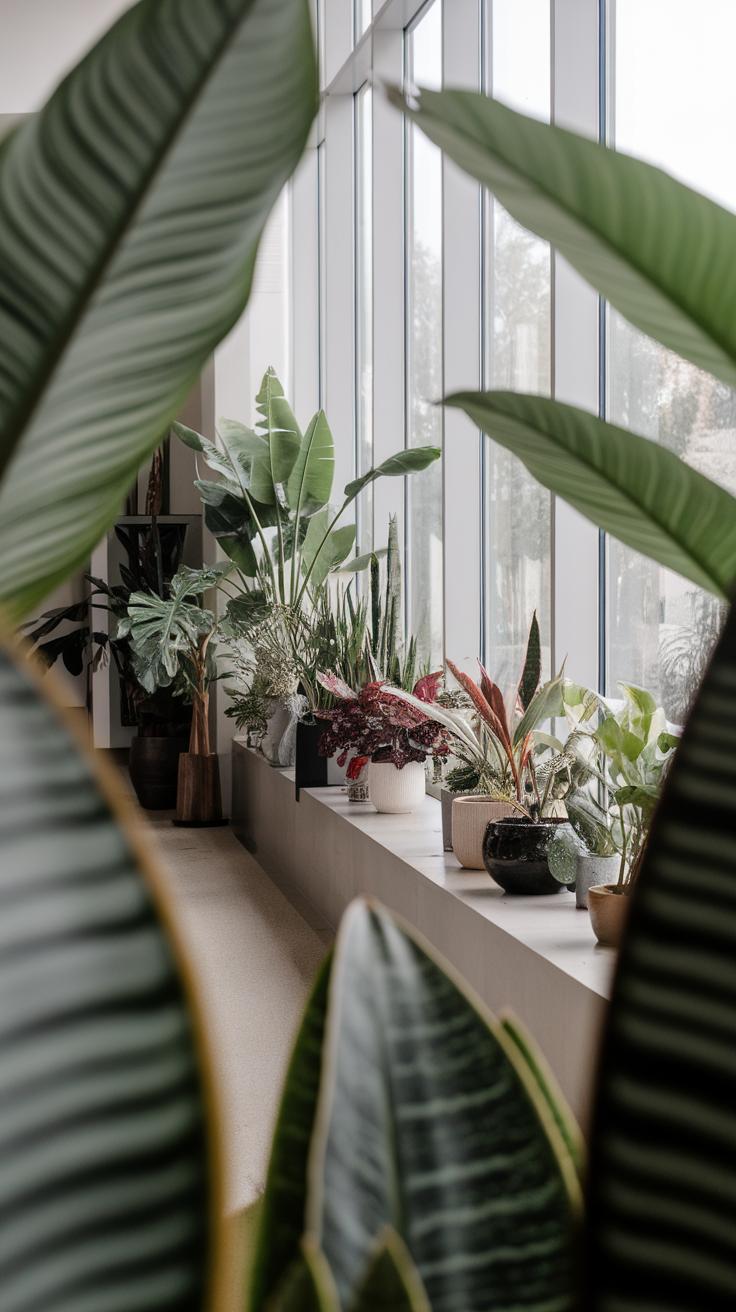
Understanding Temperature, Humidity, and Ventilation
The unique requirements of exotic plants necessitate a careful consideration of indoor environments. Temperature plays a pivotal role in the health of these species; they often thrive in a warm, stable climate that mimics their native habitats. Most exotic plants prefer a range of 65°F to 80°F (18°C to 27°C) during the day, with a slight drop at night. Excessive temperature fluctuations can stress these delicate flora.
Humidity is another critical factor. Many exotic plants originate from tropical regions, requiring humidity levels between 40% and 60%. A humidifier can provide the necessary moisture, or plants can be grouped together to create a microenvironment. Adequate ventilation is essential as well; it prevents mold while promoting healthy air circulation. Simple strategies, such as placing plants near a window or rotating them regularly, can enhance their growth and vitality.
Pest Management for Exotic Plants Identify Common Pests and Strategies for Prevention and Management
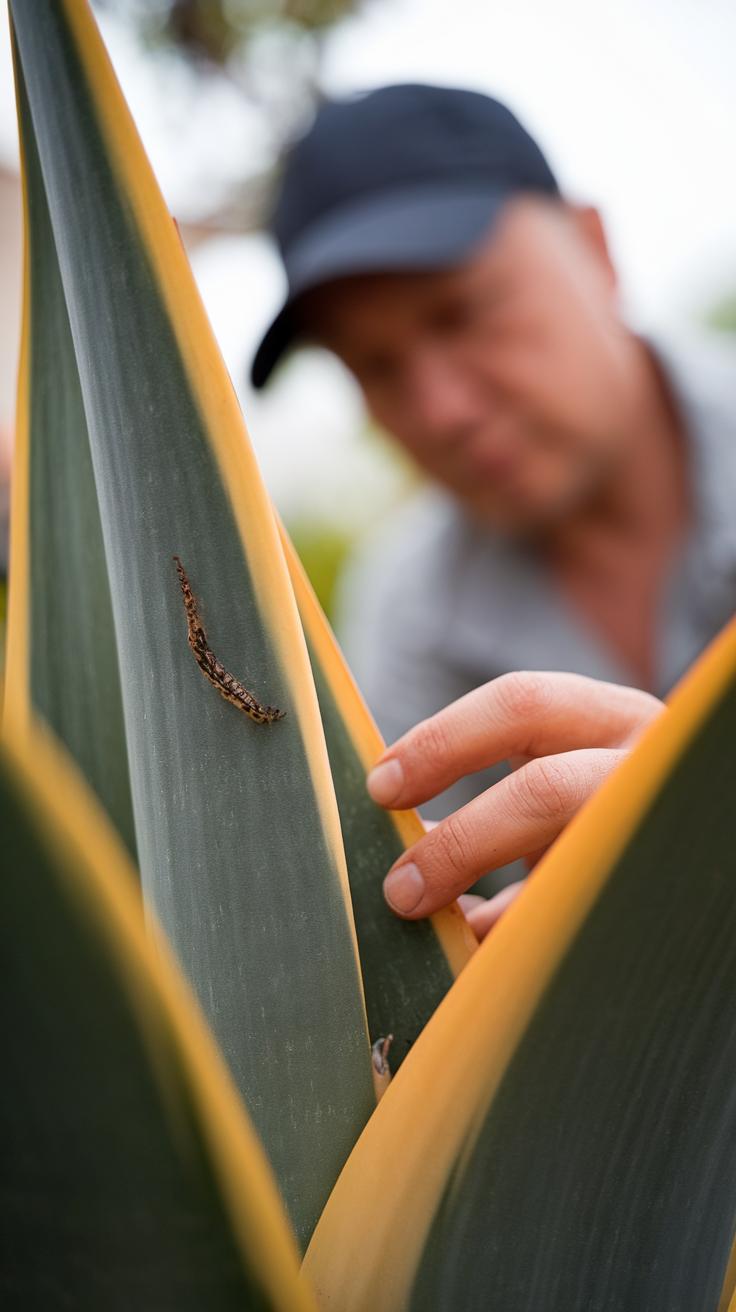
Recognizing Pests Affecting Exotic Houseplants
Exotic plants, while beautifully enriching your home, can attract specific pests that threaten their well-being. Common nuisances include aphids, spider mites, mealybugs, and scale insects. These pests can sap the vitality of your plants, leading to stunted growth and unsightly damage. Learning to identify these invaders is crucial for maintaining healthy flora. Inspect leaves and stems regularly, checking for sticky residues, discoloration, or webbing, which are often signs of infestation.
Effective Prevention and Management Strategies
Maintaining an optimal environment is vital for pest management. Regular cleaning of your plants with water can deter pests while promoting humidity and overall health. Introducing beneficial insects like ladybugs can naturally control pest populations. In more severe cases, organic insecticidal soaps or neem oil can be effective solutions, ensuring you’re keeping your exotic plants safe without harsh chemicals. Quarantining any new plants before introducing them to your collection limits the risk of spreading pests. These strategies collectively ensure your exotic plants thrive in a pest-free space.
Propagation of Exotic Plants Techniques for Proliferating Unique Flora
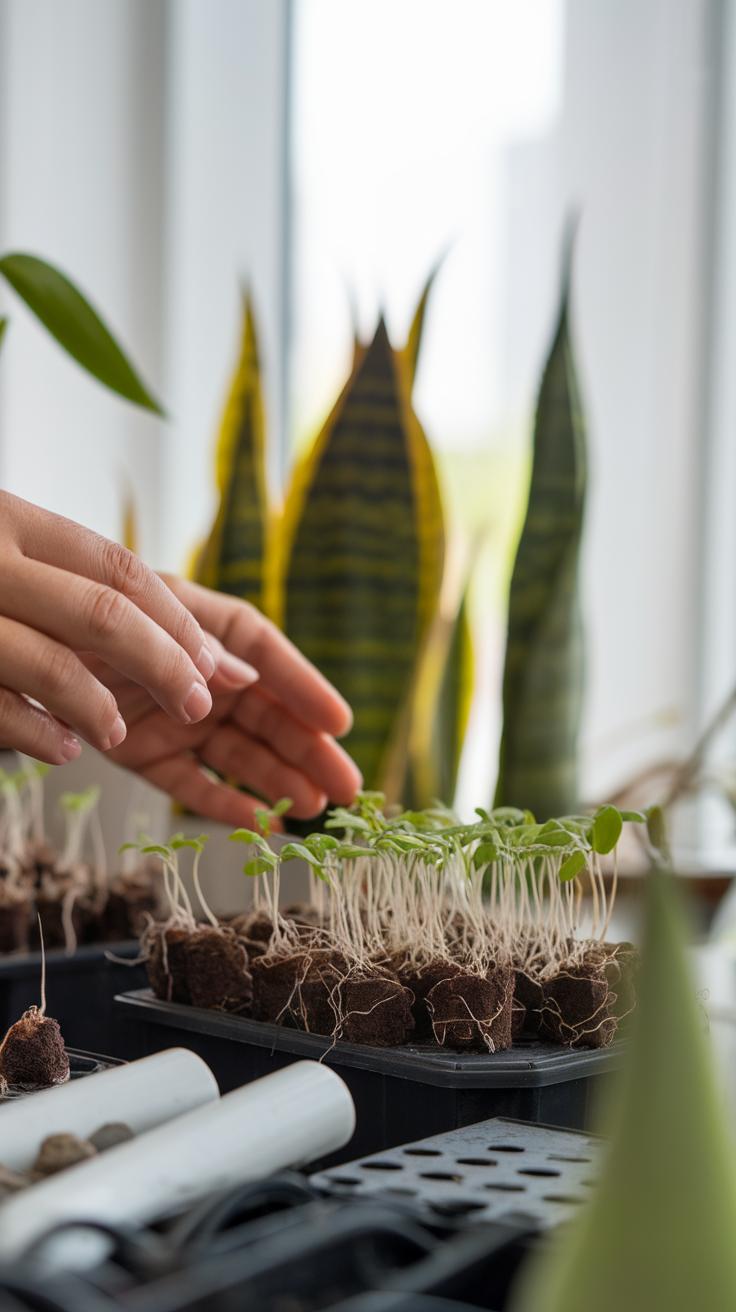
Understanding Propagation Techniques
Propagation of exotic plants allows enthusiasts to expand their collection while exploring diverse plant species at home. Using techniques such as cuttings, divisions, and seeds ensures successful growth in various environments. Cuttings involve taking a portion of a healthy leaf or stem and placing it in soil or water, where it can develop roots. This method works effectively for many tropical and succulent plants. Divisions are ideal for those with mature plants—split the root ball into multiple sections, each with roots and shoots, and replant them individually to foster new growth.
Sowing Seeds for New Beginnings
Starting exotic plants from seeds opens avenues to cultivate rare varieties. Seed propagation necessitates patience and care, as seeds often require specific conditions to germinate. Begin by selecting high-quality seeds and preparing a suitable potting mix that offers good drainage and nutrients. Lightly cover the seeds and maintain consistent moisture and warmth until germination occurs. By employing these propagation methods, plant lovers can enjoy a personal botanical garden filled with intriguing species while practicing sustainable gardening. This hands-on approach deepens the connection to nature and emphasizes the importance of stewardship, which seamlessly transitions to ethical considerations in choosing exotic plants.
Ethical Considerations in Choosing Exotic Plants
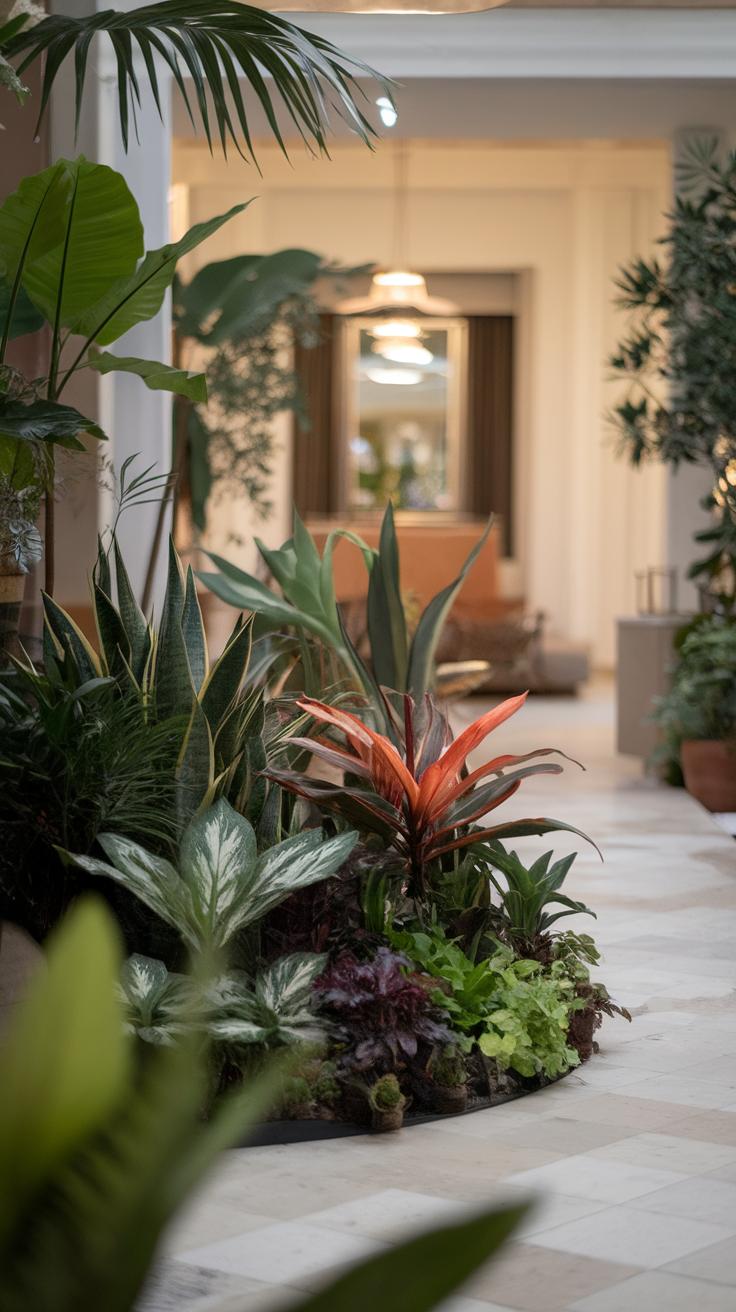
Caring for the Environment While Enriching Your Space
The allure of exotic plants often comes with significant ethical implications related to environmental conservation. Responsible sourcing of these unique flora is paramount. When selecting exotic plants for your home, prioritize those cultivated through sustainable methods rather than harvested from the wild. Wild collection can decimate natural habitats and threaten species’ survival.
Opting for nurseries that prioritize ethical practices ensures that your collection contributes to ecological preservation rather than degradation. Familiarize yourself with regional regulations and conservation efforts related to specific species. Many exotic plants are protected by law, and respecting these guidelines is crucial for maintaining biodiversity. By making ethical choices, plant enthusiasts can contribute to a more sustainable future while enjoying the beauty that exotic plants bring to their homes.
Conclusions
Incorporating exotic plants into your home not only enhances the visual appeal of your space but also offers meaningful interactions with nature. With a variety of options, from low-maintenance succulents to lush tropical varieties, anyone can find the perfect fit for their lifestyle and interior. Moreover, understanding the care and environmental needs of these exotic species ensures their longevity and health, promoting a thriving indoor garden.
By embracing exotic plants, individuals can enjoy the benefits of natural beauty and improved air quality while fostering a sense of tranquility in their homes. As we continue to explore innovative ways to integrate nature into our lives, exotic plants serve as a testament to the endless possibilities for creating harmonious indoor ecosystems.



